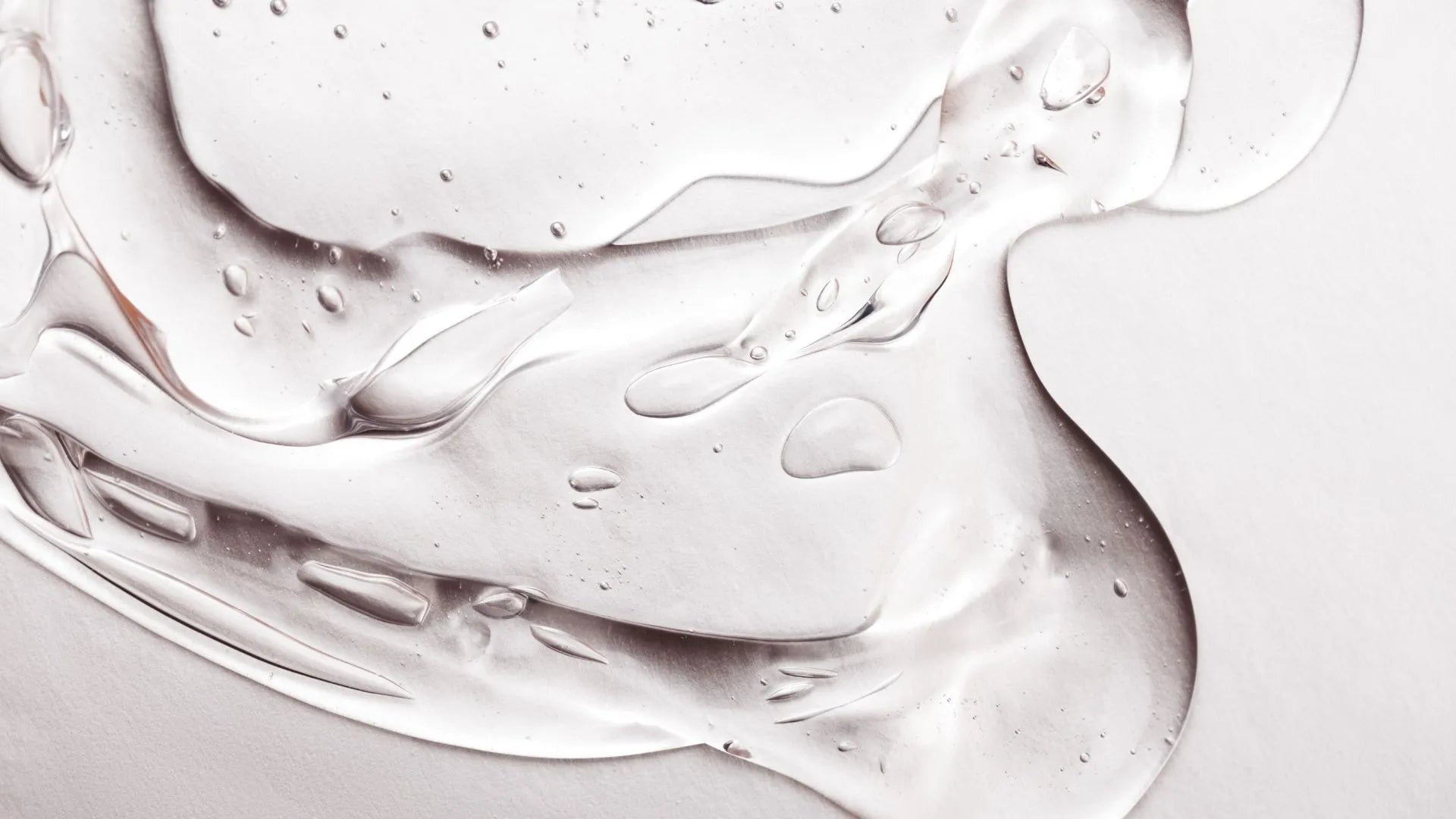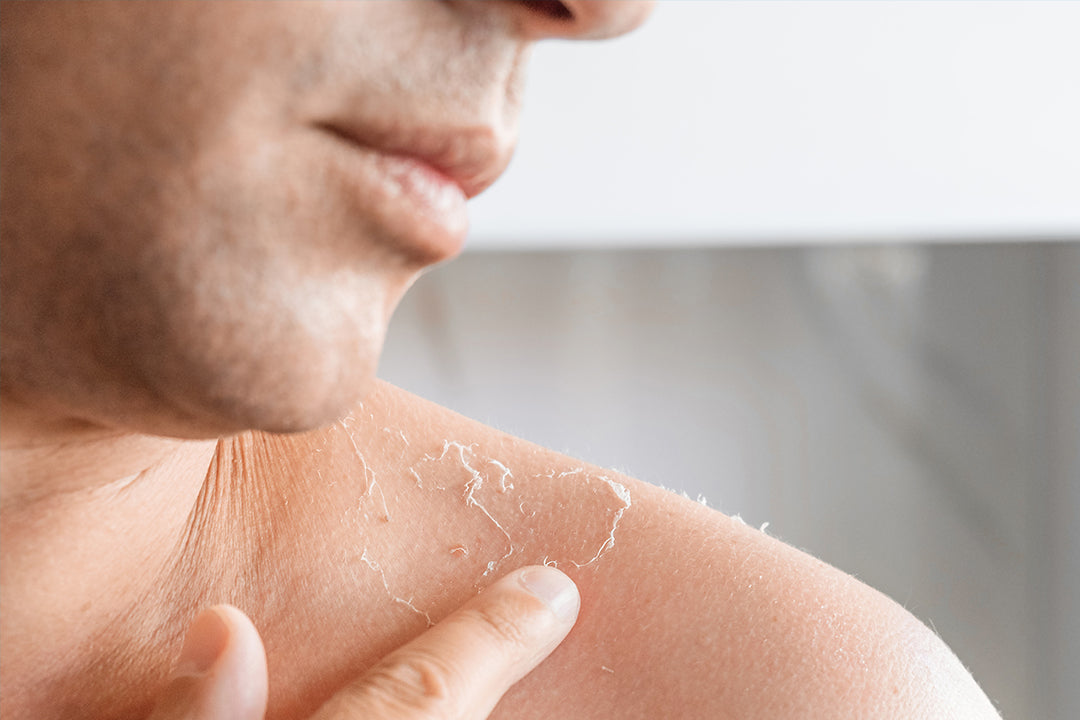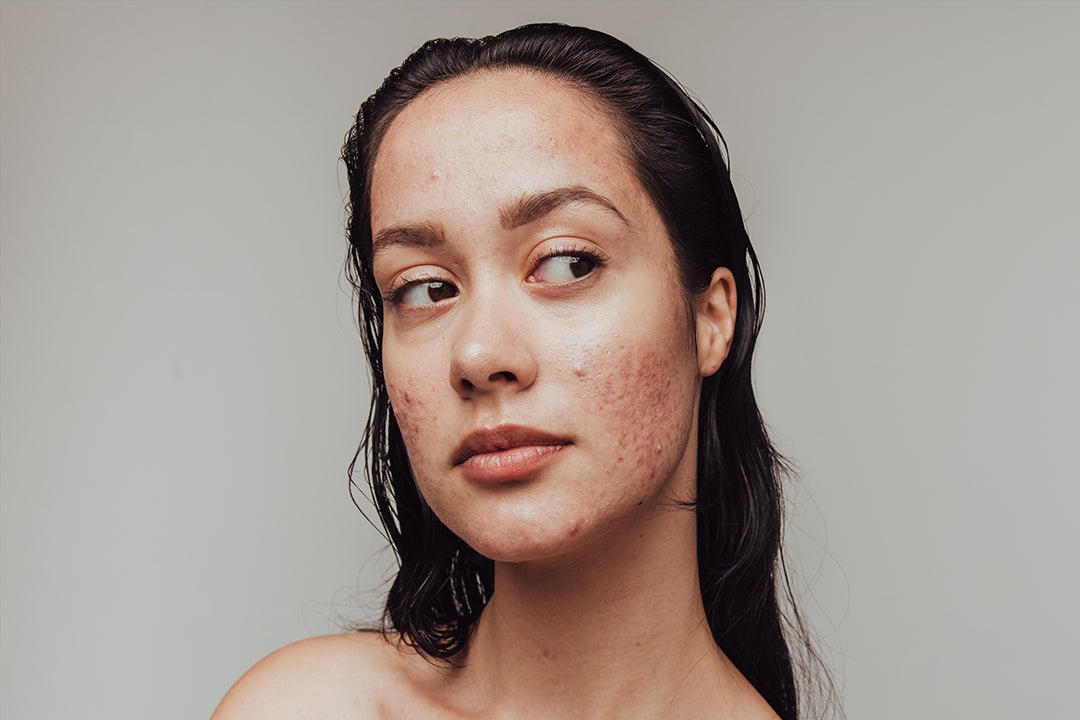You've probably heard about glycolic acid and its benefits for the skin. But can it really help with hyperpigmentation? In this blog post, we'll explore the role of glycolic acid in reducing the appearance of dark spots and give you some tips on how to incorporate it into your skincare routine.
What is Hyperpigmentation?
Before we dive into the benefits of glycolic acid, let's first understand what hyperpigmentation is. Hyperpigmentation refers to the darkening of certain areas of the skin, often caused by an overproduction of melanin. This can be triggered by various factors such as sun exposure, hormonal changes, acne scars, or inflammation.
How Does Glycolic Acid Help?
Glycolic acid, as a type of alpha-hydroxy acid (AHA), is known for its exfoliating properties. It works by removing the outer layer of dead skin cells, promoting cell turnover, and revealing fresh, new skin underneath. This exfoliating action can help fade the appearance of hyperpigmentation by encouraging the shedding of darkened skin cells and stimulating the production of new, healthier skin cells.
Benefits of Glycolic Acid for Hyperpigmentation
There are several benefits of using glycolic acid for hyperpigmentation:
1. Exfoliation: As mentioned earlier, glycolic acid exfoliates the skin, helping to remove the darkened outer layer and revealing brighter, more even-toned skin.
2. Stimulation of Collagen Production: Glycolic acid has been shown to stimulate the production of collagen, a protein that helps keep the skin firm and smooth. This can help improve the overall texture and appearance of the skin, including hyperpigmented areas.
3. Enhanced Penetration: Glycolic acid also helps enhance the penetration of other skincare ingredients, allowing them to work more effectively in addressing hyperpigmentation.
How to Use Glycolic Acid for Hyperpigmentation
If you're interested in incorporating glycolic acid into your skincare routine to target hyperpigmentation, here are some tips to keep in mind:
1. Start Slow: If you're new to glycolic acid, it's important to start with a lower concentration and gradually increase it as your skin gets accustomed to it. This can help minimize the risk of irritation or sensitivity.
2. Choose the Right Product: Look for skincare products that contain glycolic acid, such as toners, serums, or creams. QRxLabs offers a range of glycolic acid-based products that are suitable for various skin types and concerns.
3. Follow Instructions: Always follow the instructions provided with the product and avoid overusing glycolic acid. Over exfoliation can lead to dryness, redness, and other skin irritations.
4. Protect Your Skin: It's crucial to protect your skin from the sun when using glycolic acid or any other exfoliating products. Apply a broad-spectrum sunscreen with at least SPF 30 daily to prevent further damage and to maintain the results of your skincare routine.
Frequently Asked Questions
1. Can glycolic acid be used on all skin types?
Glycolic acid can be used on most skin types, but it's important to patch test the product first to check for any adverse reactions. People with sensitive or dry skin may need to use glycolic acid with caution and choose products with lower concentrations.
2. How long does it take to see results?
The time it takes to see results can vary from person to person. Some people may notice a difference in their hyperpigmentation within a few weeks, while others may require several months of consistent use. It's important to be patient and consistent with your skincare routine.
3. Are there any side effects of using glycolic acid?
While glycolic acid is generally considered safe for most people, it can cause some side effects such as redness, stinging, or peeling. These side effects are usually mild and temporary, but if you experience severe irritation or discomfort, it's best to discontinue use and consult a dermatologist.
4. Can glycolic acid be combined with other skincare ingredients?
Yes, glycolic acid can be combined with other skincare ingredients, but it's important to use them in the right order and to avoid any potential interactions. Some ingredients that work well with glycolic acid include hyaluronic acid, niacinamide, and vitamin C. However, it's always a good idea to consult a skincare professional or dermatologist for personalized advice.
Takeaways
Glycolic acid can be a valuable addition to your skincare routine if you're dealing with hyperpigmentation. Its exfoliating and collagen-stimulating properties can help fade the appearance of dark spots and improve the overall texture of your skin. Remember to start slow, choose the right product, and protect your skin from the sun. If you're looking for glycolic acid-based skincare products, consider QRxLabs for effective and mild solutions.









